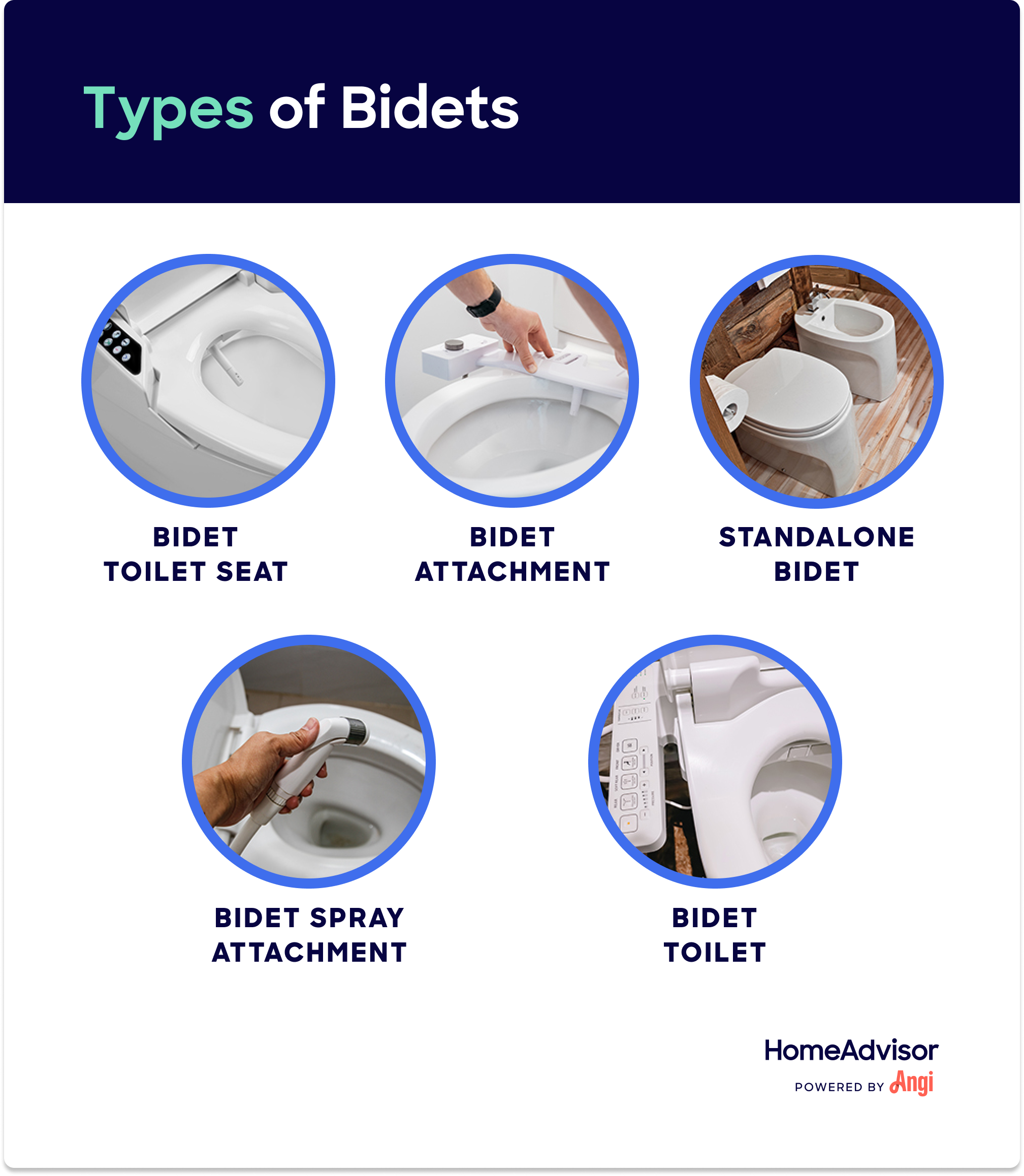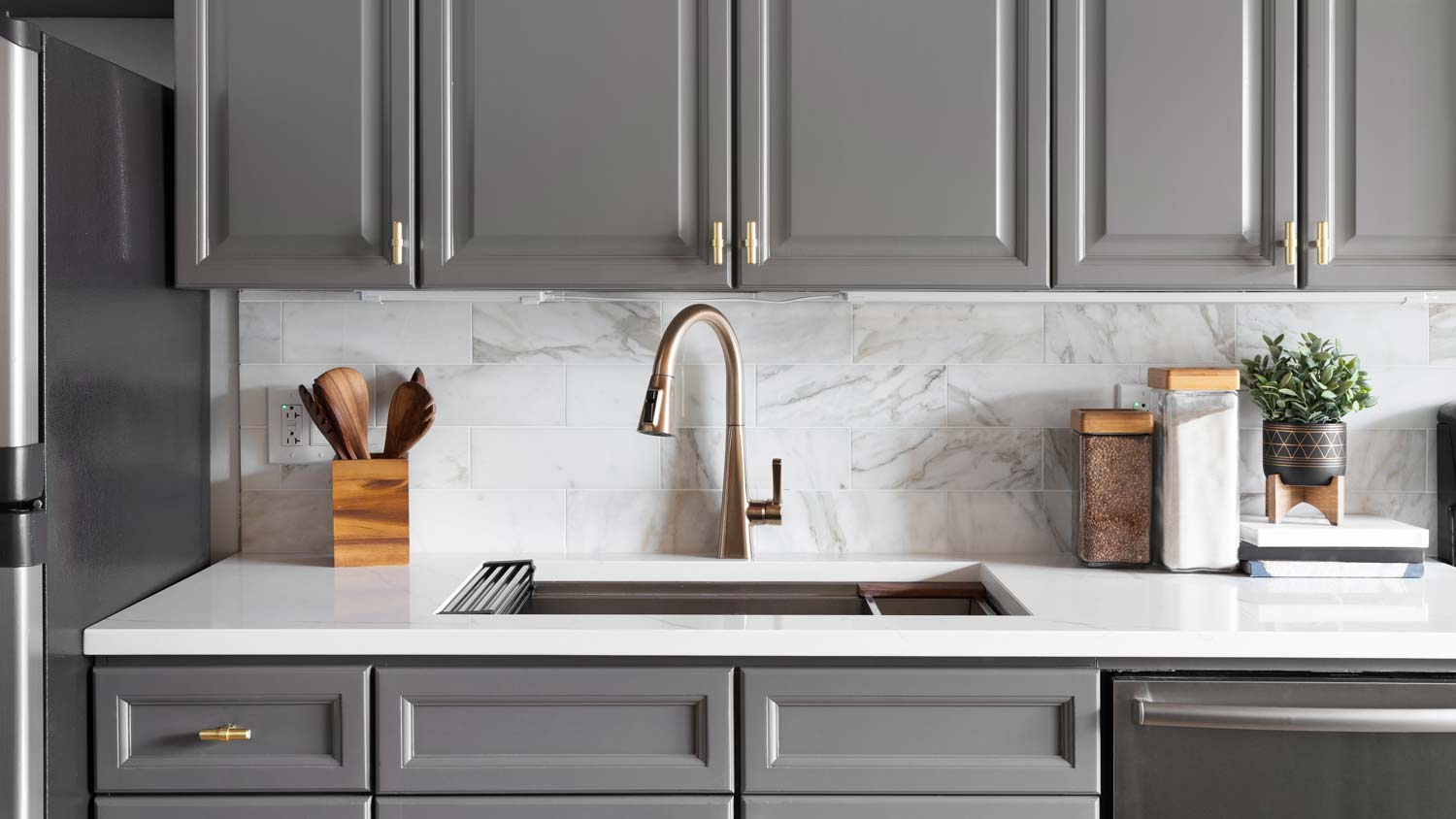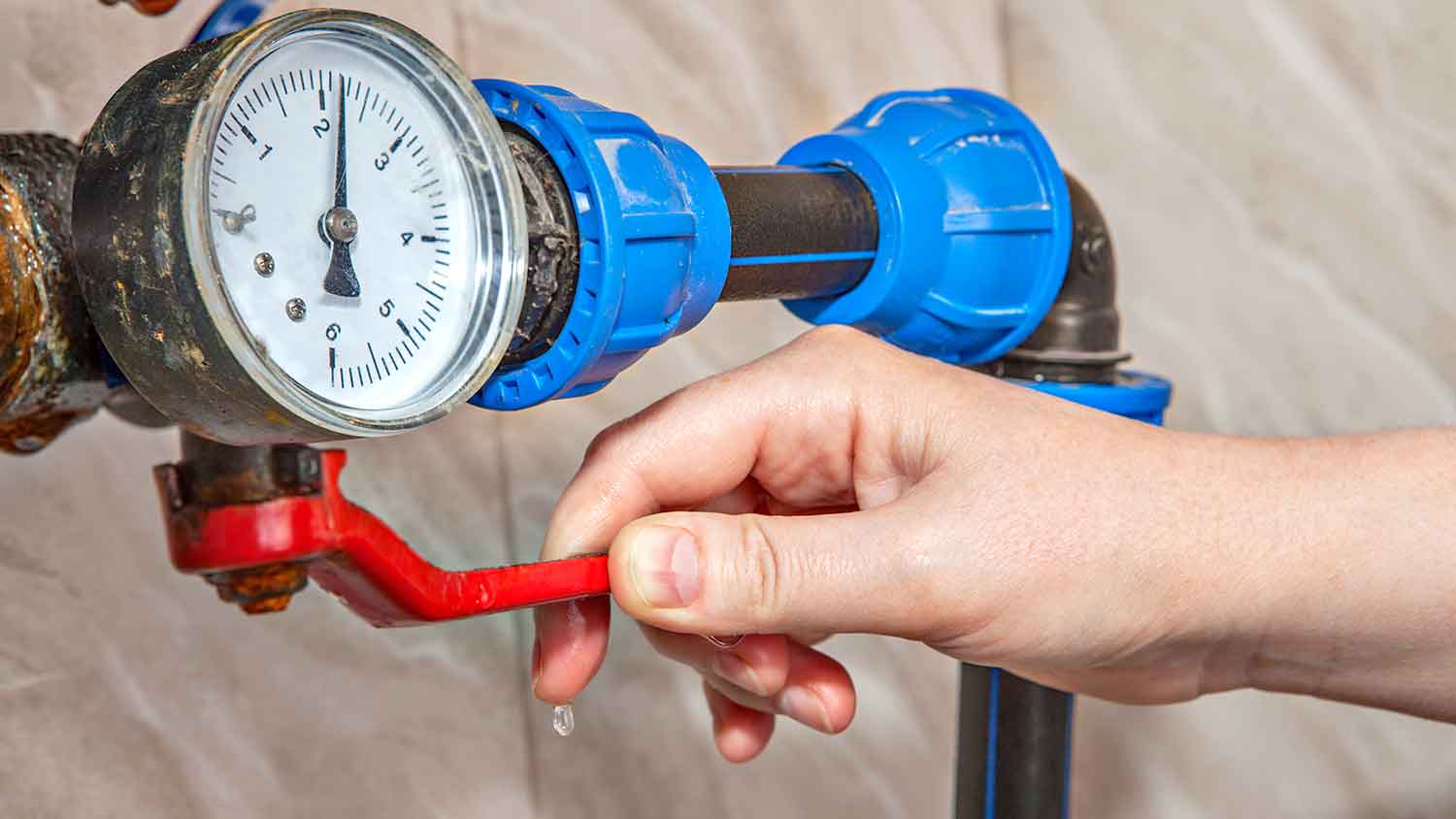
Budget for main sewer line clog repair costs based on factors such as cleaning method, sewer age, project complexity, permits, labor, and more.
Installing a bidet costs an average of $640


The average bidet installation cost is $640, with most homeowners paying between $400 and $1,500. In some cases, costs can be as low as $40 or as high as $2,000.
Factors such as bidet type, size, quality, and plumbing modifications impact the total costs.
Bidets slash toilet-paper use, trimming both your household costs and environmental impact.
Standalone units sit at the top of the price range, but wallet-friendly attachments and seats let you add the same function for less.
Proper budgeting helps you avoid unexpected expenses, and hiring a professional plumber ensures a secure installation.
This article was updated using automation technology and thoroughly reviewed for accuracy by HomeAdvisor Editor Ryan Noonan.
Bidget installation costs $640 on average, with most homeowners spending between $400 and $1,500. Your final price depends on the bidet style, parts, and any additional plumbing work. Stand-alone models sit at the high end, while simple attachments cost far less. Since this is a one-time job, establish a clear budget and hire a licensed plumber to ensure it's done correctly.
A bidet is a bathroom fixture or attachment that allows you to rinse clean after using the toilet. While they cost more than a standard toilet, a bidet is gentler on the planet and leaves you noticeably cleaner. Several options are available, including a low-cost portable bidet, a traditional wall-mounted or floor-mounted bidet, a bidet toilet, and a toilet seat attachment.
Your total bidet installation cost depends on a variety of factors. Here’s a closer look at the key cost drivers that impact your total.

Bidets come in various types and styles, from affordable toilet seat attachments to standalone models and high-end smart bidet toilets. Understanding the differences can help you choose the right option for your needs and budget.
| Bidet Type | Average Cost Range |
|---|---|
| Standalone | $500–$1,500 |
| Bidet toilet | $1,200–$2,000 |
| Bidet toilet seat | $170–$650 |
| Bidet attachment | $80–$120 |
| Handheld spray nozzle | $40–$120 |
A traditional standalone bidet will set you back $500 to $1,500. Installation and plumbing materials add roughly $220. Need new plumbing lines? Add an average of $1,180 to tie the bidet into your home’s water supply and drain.
Bidet toilets cost between $1,200 and $2,000, including installation. Bidet toilets are combination units that feature a toilet and a bidet in one, making them ideal for compact bathrooms.
These combo units can be fairly simple, featuring only hot and cold water without extras, and these are priced at the lower end of the range. Bidet toilets offer a range of features, including Bluetooth connectivity, speakers, deodorizers, nightlights, dryers, adjustable nozzles, massage options, and more. Bidets with many added extras are priced substantially higher than the purely functional models.
Bidet toilet seats range from $170 to $650 and can be easily swapped in for your existing seat. Step-up models add perks like seat warmers and night-lights.
Popular bidet attachments start at $80 to $120, including installation. Plan on at least $120 if you want built-in water heating.
Instead of replacing the whole seat, an attachment slips between the bowl and your toilet seat. It’s the most budget-friendly route, though you’ll trade away the extra bells and whistles.
A handheld spray nozzle costs $40 to $120, including installation. This no-frills spray arm hooks to the toilet’s water line and tucks beside the tank when you’re done. This attachment only sprays cold water.
With most professional plumbers charging between $80 and $200 per hour, the total labor cost for bidet installation averages $220. Because your bathroom is already connected to proper water lines, the labor isn't as intensive or costly as other plumbing projects. However, if you need to install a properly vented drain—a must for bidets—this could quickly drive up the price.
The most expensive part of a bidet installation is the fixture itself. This project is twice or more the cost to install a toilet, which spans from $220 to $530.
Bidets offer several advantages and disadvantages to consider before deciding to install one in your home.
Pros:
Reduces toilet paper use, making it environmentally friendly
Conserves water compared to toilet paper production
Offers affordable options for various budgets
High-end models provide features like washing and drying
Combination bidet toilets save space in small bathrooms
Cons:
Standalone bidets require additional space
High-end and electric models can be expensive
Cold water-only models may be uncomfortable for some users
You can tackle installing some simple bidet attachments yourself, but standalone fixtures and high-end bidet toilets require the expertise of a local plumbing professional. Plumbers charge between $80 and $200 per hour. Attempting a DIY installation may lead to mistakes, and the average cost to fix a toilet is $270. Hiring a professional can help ensure proper installation and prevent potential issues.
No place is more important than your home, which is why HomeAdvisor connects homeowners with local pros to transform their houses into homes they love. To help homeowners prepare for their next project, HomeAdvisor provides readers with accurate cost data and follows strict editorial guidelines. After a project is complete, we survey real customers about the costs to develop the pricing data you see, so you can make the best decisions for you and your home. We pair this data with research from reputable sources, including the U.S. Bureau of Labor Statistics, academic journals, market studies, and interviews with industry experts—all to ensure our prices reflect real-world projects.
From average costs to expert advice, get all the answers you need to get your job done.

Budget for main sewer line clog repair costs based on factors such as cleaning method, sewer age, project complexity, permits, labor, and more.

Need to clean your drain? Here’s how much it costs, what factors affect cost, and what to expect.

Use this guide to budget for toilet repair costs based on factors such as problem type, replacement part prices, labor, and more.

Looking to remodel your shower? Here’s how much it costs, what factors affect cost, and what to expect.

Wondering who repairs undermount sinks? See when to call a countertop specialist or plumber, what to expect, and typical repair costs

Learn who to call for a water main break. See why a licensed plumber is best and what repairs cost so you can act fast